
2022 KTM RC 390 Real-world Road Test Review: Improved For Daily Duties
- Jun 29, 2022
- Views : 16226

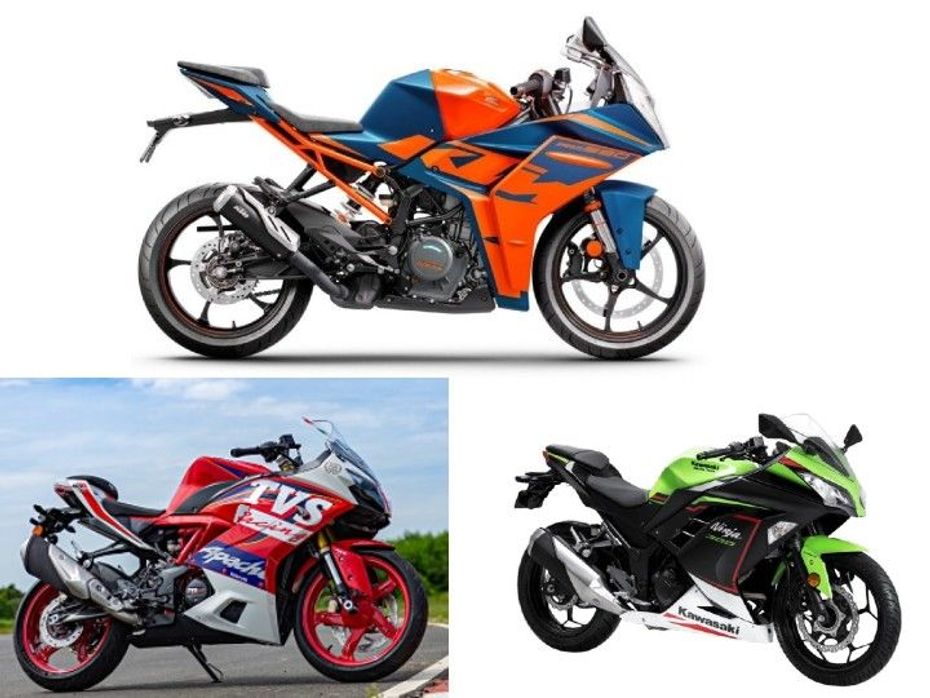
KTM has finally launched the 2022 RC 390 in India with a revised design, fresh colours and updated electronics, however, it does command a steep premium over the previous model. But how does the India-spec RC 390 fare against its supersport rivals, the TVS Apache RR 310 BTO and Kawasaki Ninja 300, in terms of specs?
|
Specifications |
KTM RC 390 |
TVS Apache RR 310 BTO |
Kawasaki Ninja 300 |
|
Engine |
373.27cc, single-cylinder, liquid-cooled, 4-valve engine |
312.2cc single-cylinder, liquid-cooled, 4-valve engine |
296cc, twin-cylinder, liquid-cooled, 8-valve engine |
|
Power |
43.5PS @ 9000rpm |
34PS @ 9,700rpm |
39PS @ 11,000rpm |
|
Torque |
37Nm @ 7000rpm |
27.3Nm @ 7,700rpm |
26.1Nm @ 10,000rpm |
|
Gearbox |
6-speed |
6-speed |
6-speed |
The latest iteration of the KTM RC 390 makes the same power figures as its predecessor, but 1Nm more torque. However, this shouldn’t make for big a jump in the performance. That said, KTM has managed to shed some weight on the supersport which should offer a better power to weight ratio as compared to the previous model and its rivals that produce less power and torque, and are also around 20kg heavier.
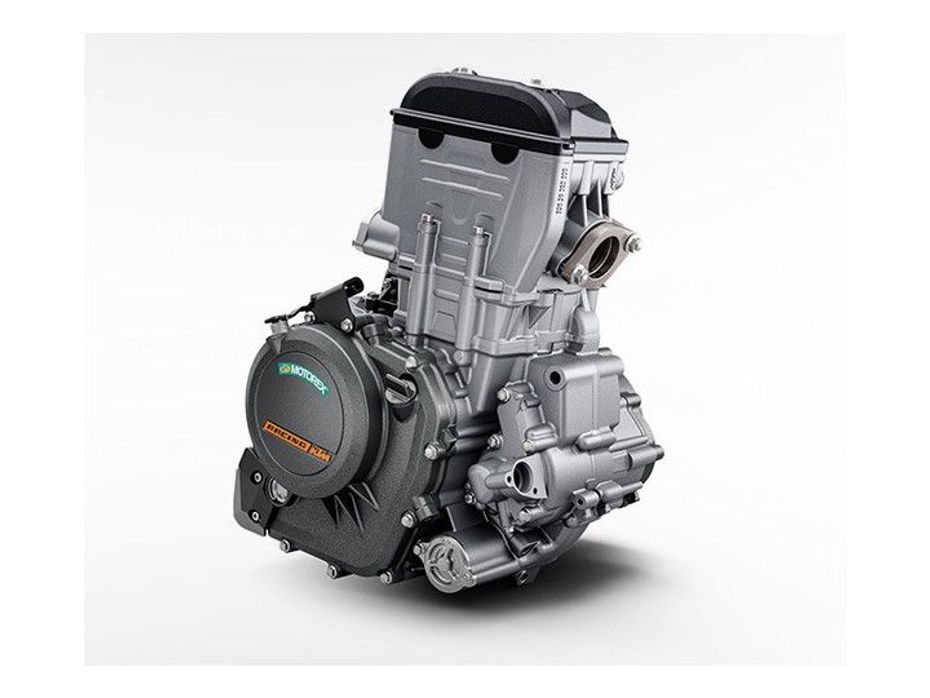
That leads us to conclude, at least on paper, that the KTM RC 390 takes the win in the performance department with the largest displacement engine and highest power and torque figures of the three.
It is also noteworthy that the Kawasaki Ninja 300 is the only twin-cylinder engine, and should be more refined than the other two supersports.
|
Specifications |
KTM RC 390 |
TVS Apache RR 310 BTO |
Kawasaki Ninja 300 |
|
Frame |
Trellis frame with r bolt-on subframe |
Trellis frame with bolt-on subframe |
Tubular steel diamond |
|
Front suspension |
WP APEX USD fork, 43 mm diameter |
Fully adjustable USD fork (Dynamic kit only) |
37mm telescopic fork |
|
Rear suspension |
WP APEX Monoshock, 10 step adjustable (preload only) |
Fully adjustable monoshock |
Link-type preload-adjustable monoshock |
|
Front brake |
320 mm Disc with Radially mounted calliper |
300mm single disc |
290mm petal disc, twin-piston calliper |
|
Rear brake |
230 mm Disc with Floating calliper |
240mm single disc |
220mm petal disc, twin-piston calliper |
|
Front tyre |
110/70 R17 |
110/70 R17 |
110/70 - 17 |
|
Rear tyre |
150/60 R17 |
150/60 R17 |
140/70 - 17 |
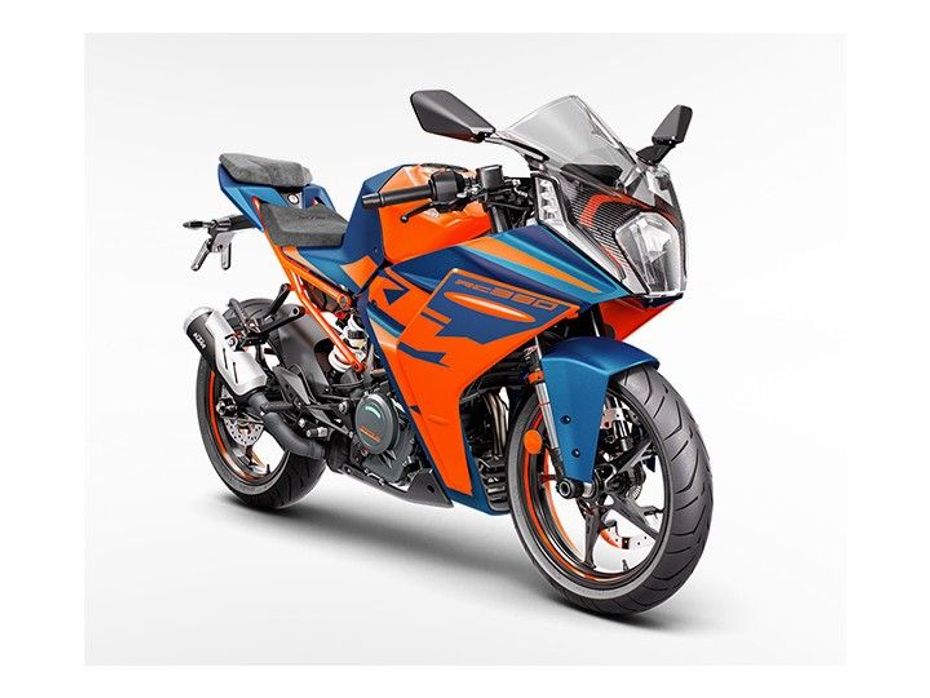
Both the RC 390 and the Apache RR 310 BTO come equipped with a similar USD fork up front, however, the RR 310 gets full adjustability on the dynamic kit, making it more flexible on the racetrack, city limits and touring, whereas the India-spec RC 390 make makes do with a non-adjustable fork. On the other hand, the Ninja 300 gets a telescopic fork up front. All three bikes feature a similar adjustable rear suspension setup, with the RR 310 BTO flaunting 20-step rebound damping and a 10-step preload adjuster.
With the biggest front disc and a radial calliper, the RC 390 clearly features better braking hardware. The Ninja 300, however, gets a twin-piston calliper on not just the front, but on the rear brake rotor as well.
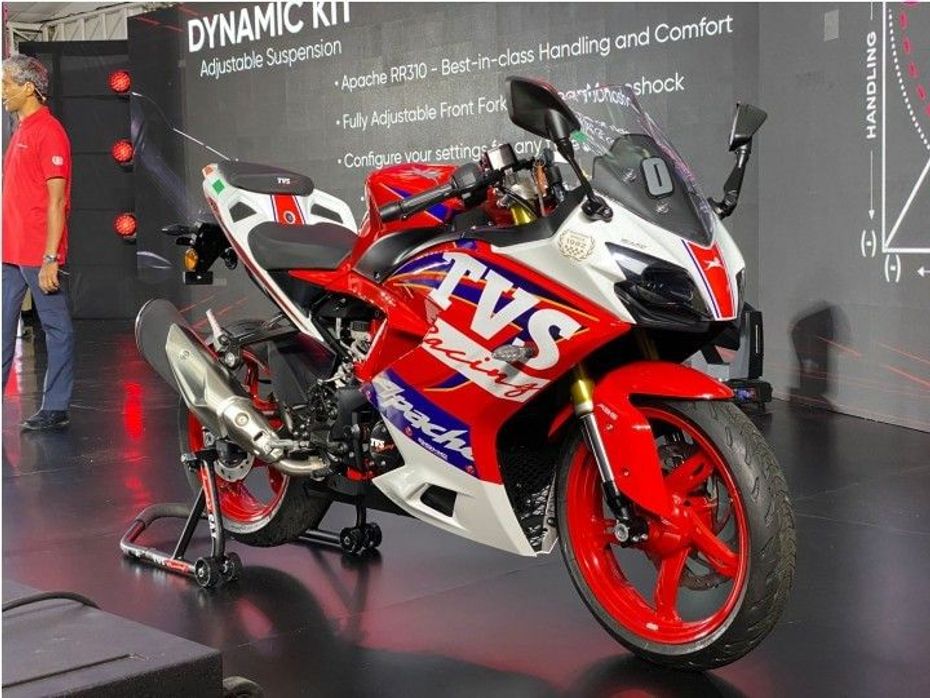
|
Specifications |
KTM RC 390 |
TVS Apache RR 310 BTO |
Kawasaki Ninja 300 |
|
Wheelbase |
NA |
1365mm |
1,405mm |
|
Ground clearance |
158mm |
180mm |
140mm |
|
Fuel tank capacity |
13.7-litres |
11-litres |
17-litres |
|
Seat height |
824mm |
810mm |
780mm |
|
Kerb weight |
155kg |
174kg |
179kg |
With the highest ground clearance, the RR 310 would make for the most practical and comfortable bike on the harsh Indian roads. However, with a seat height of 780mm, the Ninja 300 would be more accessible for riders of all heights. Making the Ninja 300 a better touring bike is its massive 17-litre fuel tank, which will be useful on long journeys by minimising fuel stops. In this regard, the RC 390 lags a little behind, but makes up for it by being a lighter, agile and more flickable motorcycle. So it should be more fun in the corners.
Talking about features, the Kawasaki Ninja 300 seems outdated as it misses out on a lot of modern day tech like a fully digital instrument cluster with smartphone connectivity and LED headlights, which its rivals flaunt.
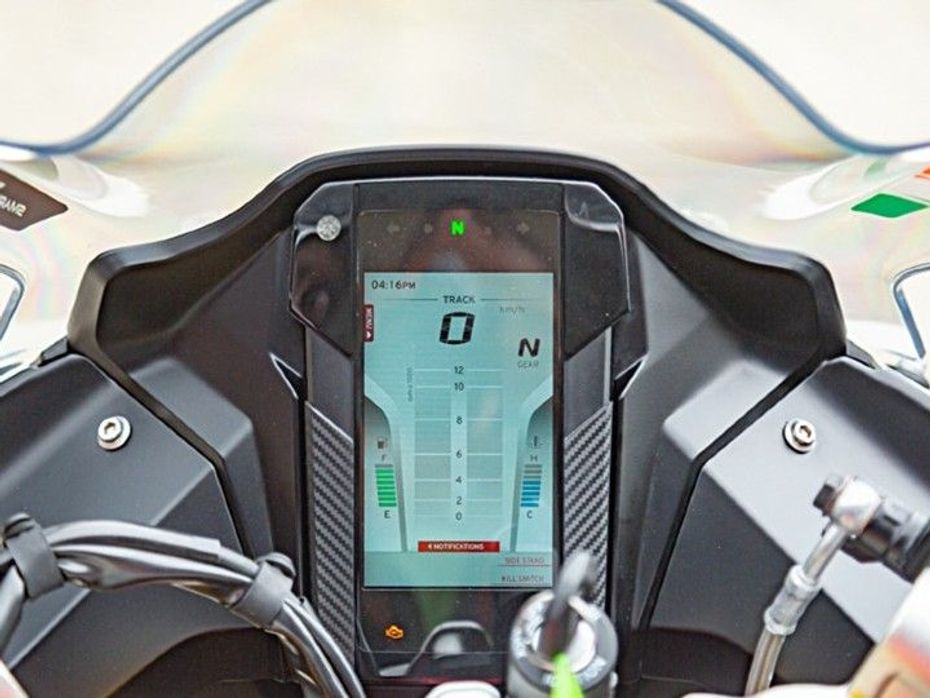

In terms of tech the RC 390 comes fully packed with traction control and lean-sensitive ABS, Supermoto mode (switches off rear ABS) and a quickshifter. The RR 310 on the other hand, packs four riding modes (Sport, Track, Rain and Urban), which adjust power and throttle response settings and slipper clutch too. While the Ninja 300 does pack just a slip and assist clutch as well, it still remains the least feature and tech packed bike of the lot.
|
KTM RC 390 |
TVS Apache RR 310 BTO |
Kawasaki Ninja 300 |
|
|
Led lights |
Yes |
Yes |
No |
|
Colour TFT Screen |
Yes |
Yes |
No |
|
Smartphone Connectivity |
Yes |
Yes |
No |
|
KTM RC 390 |
TVS Apache RR 310 BTO |
Kawasaki Ninja 300 |
|
Rs 3,13,922 |
Rs 2,65,000 |
Rs 3,37,000 |
(all prices ex-showroom Delhi)
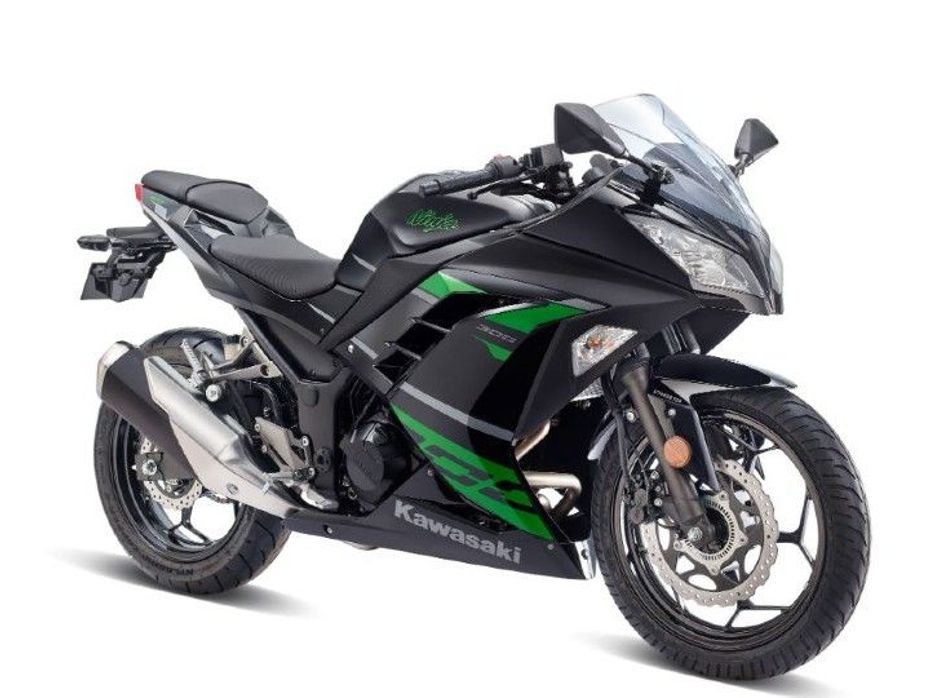
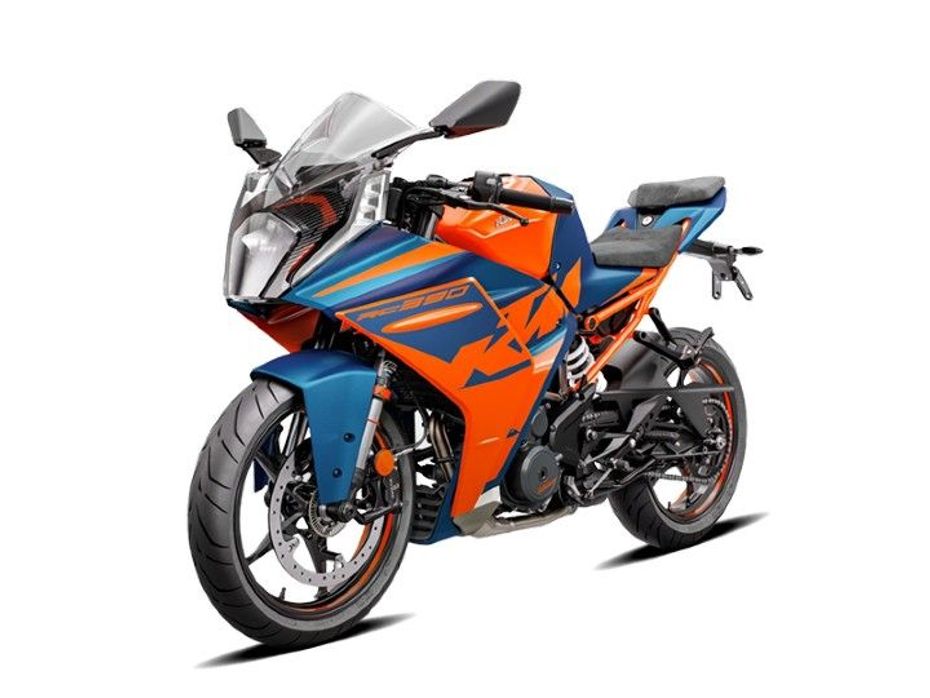
With a highly competitive price point, the TVS Apache RR 310 is a completely feature-packed supersport that offers incredible performance and makes for a really attractive package. The 2022 KTM RC 390, although a highly capable and enjoyable motorcycle, commands a really steep premium over its predecessor and we really don’t think KTM has done enough to justify the increase. On the same note, the Kawasaki Ninja 300, is the most expensive bike here with a massive price tag and the least features and tech on offer, which might not make it a very attractive package.


2022 KTM RC 390 Real-world Road Test Review: Improved For Daily Duties

Kawasaki Ninja 400 vs KTM RC 390 - Specs Compared

2022 KTM RC 390: Lighter Or Heavier Than Before? What Is It?

2022 KTM RC 390 Track Review: Simply The Best

Honda CBR400R vs KTM RC 390: Battle Of The Small Sportbikes

2022 KTM RC 390 vs TVS Apache RR 310 Touring Test Comparison Review:...

Yamaha R3 vs KTM RC 390 vs Aprilia RS 457 vs Kawasaki Ninja 400:...

Royal Enfield Continental GT 650 vs Harley-Davidson Street Rod: Spec...

BREAKING: 2024 KTM RC And Adventure Range Launched With New Colours

KTM Unveils 2024 RC Lineup Globally
 KTM Duke 390
KTM Duke 390
 Yamaha R3
Yamaha R3
 Royal Enfield Continental GT 650
Royal Enfield Continental GT 650
 KTM RC 200
KTM RC 200
India's largest automotive community
 KTM Duke 390
Rs. 3.13 Lakh
KTM Duke 390
Rs. 3.13 Lakh
 KTM 200 Duke
Rs. 2.03 Lakh
KTM 200 Duke
Rs. 2.03 Lakh
 KTM 125 Duke
Rs. 1.81 Lakh
KTM 125 Duke
Rs. 1.81 Lakh
 KTM 250 Duke
Rs. 2.25 Lakh
KTM 250 Duke
Rs. 2.25 Lakh
 KTM RC 200
Rs. 2.17 Lakh
KTM RC 200
Rs. 2.17 Lakh